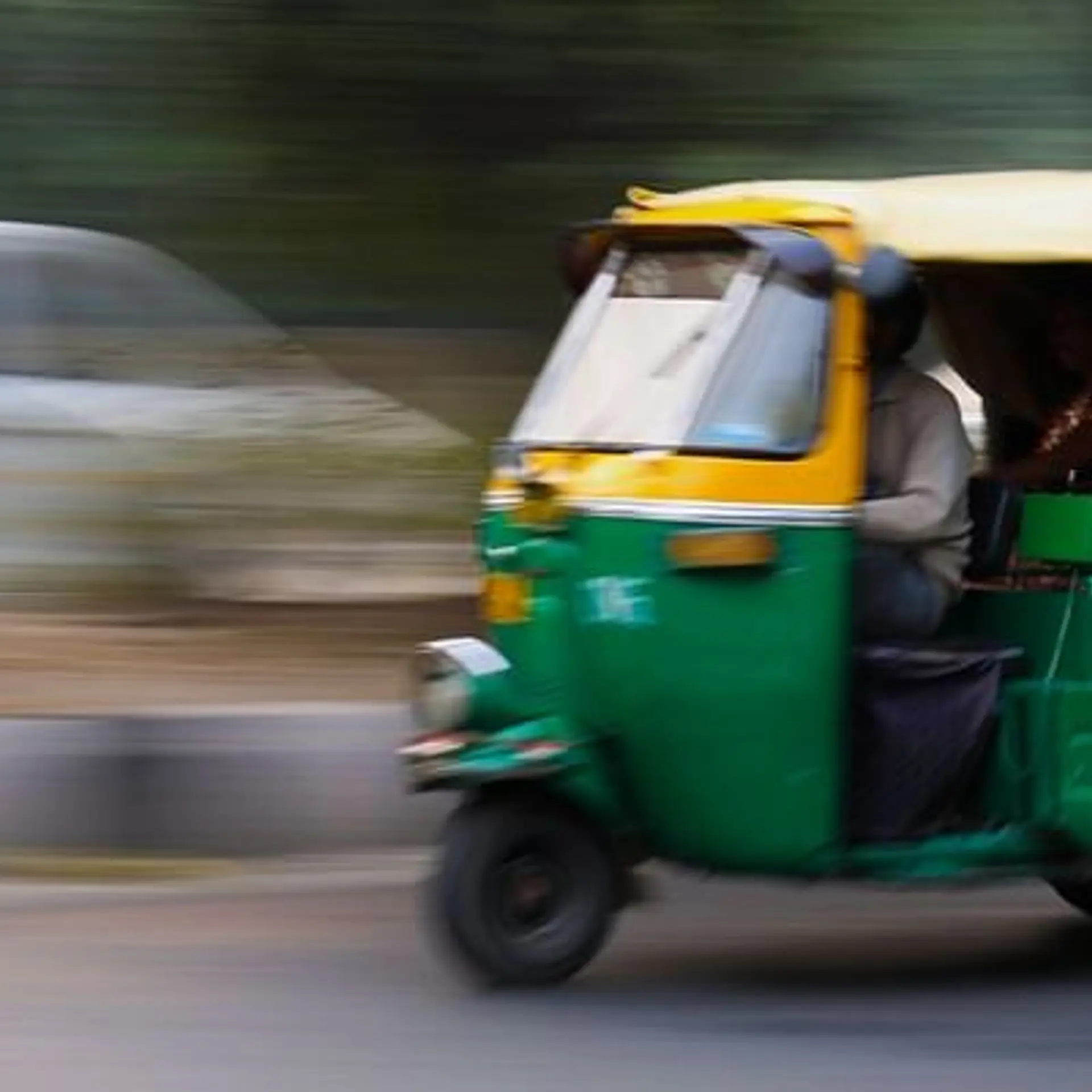5 common mistakes global B2B companies make while reaching out to Indian SMEs
As India continues to be a lucrative market for cloud- and SaaS-based companies, there are a few rules that don’t apply to gaining and retaining our SMEs.
Owing to rapid infrastructural development and a conducive business environment, the small and medium enterprises (SME) sector in India has grown by leaps and bounds over the years. Additionally, technological advancement has proved to be a boon for the industry as it is playing a key role in upgrading business operations and helping small businesses significantly augment their reach across a wider spectrum. Hence more and more SMEs are using technology, especially cloud and SaaSproducts.

But this is the most difficult space to be in as it's highly price-sensitive, value-driven, and remains services-oriented in emerging markets including India. With my experience in catering to these segments in the past decade, I have the following learnings:
A lot of young tech startups frequently reach out to me for help, but I was surprised when one of the top three global technology companies invited me to make a presentation on how struggling startups can sell Saas and tech to help SMEs. Here is the crux of the common mistakes people make while creating products and businesses for this segment.
- Underpricing the product: The most important pricing strategy I discovered was not to underprice products when reaching out to SMBs. Smart pricing involves finding equilibrium without underpricing or overpricing a product in the market. If you price your product below the optimum price, the value is lost and the SME owner is not motivated enough to use and renew it. For SaaS-based products and services, it is advisable to opt for multi-year pricing with payment tools like ECS/EMI structure to make it easier for small businesses to flourish without any financial burden.
- Replicating global models for Indian businesses: While taking inspiration from various trends in international markets can certainly help in transforming the Indian SME sector, it should be noted that not all business models can be easily adapted by Indian businesses. One of the biggest reasons for this lies in the fact that the consumer behaviour and socio-economic situation of each country is different, and thus, the way business is conducted also varies. We have seen big tech companies failing when they replicate their global programmes including partner strategy in India.
- Playing solo in the SME ecosystem: The SME ecosystem in India has transformed over the years, and is currently one of most lucrative markets in terms of investment as well as the number of enterprises. Following almost half a century of collective effort by both government and corporate growth enablers to improve India’s small businesses, the Indian SME sector has now become a force to be reckoned with and shows no signs of slowing down. You need to understand the ecosystem and try to develop strategic alliances and partnerships in this small universe. Playing solo is no fun here; partner with someone.
- Lack of multiple distribution channels: SMEs in India are scattered and difficult to reach. They are hidden gems in small pockets of metros like Noida, Faridabad, and Manesar in Delhi-NCR or in remote locations like Baddi in Himachal Pradesh, RIICO industrial areas in Rajasthan, or MIDC in Nashik. A B2B player needs to have a multichannel go-to-market strategy. You can have a direct sales team in metros, but need to have an indirect presence in small towns and tier-II cities. This needs to be backed by a strong digital and inside sales strategy to discover these SMEs. Your strategy will also depend on the average revenue per customer (ARPU) and the industry verticals you focus on.
- Inability to link product with revenue generation: Unlike medium and large enterprises, SMEs usually don't buy products if they don't help them with revenue generation or retention. They need value out of every single penny spent and have limited working capital. If your product can help them in additional revenue generation, you can be sure to sell.
(Disclaimer: The views and opinions expressed in this article are those of the author and do not necessarily reflect the views of YourStory.)







